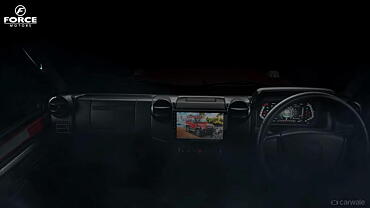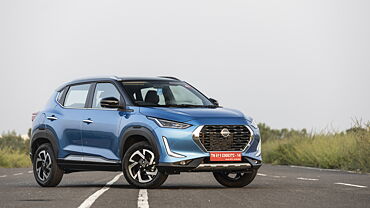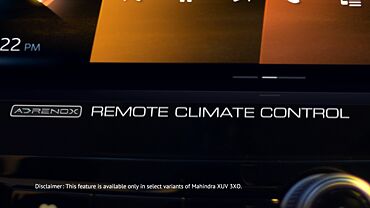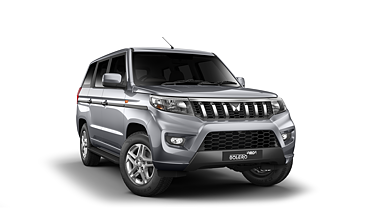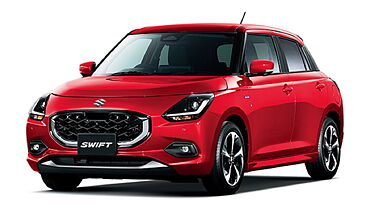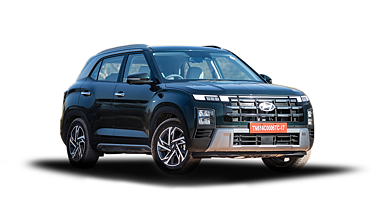Tyres happen to be much more than mere circular bits of rubber. The four discs are the only ones keeping the vehicle on the ground. Though this is a fact that’s lost on the significant majority of car owners. It is particularly true when it comes to the vast, yet, unorganized market for used cars in India that the tyres are likely to be high up on the neglected aspects list.
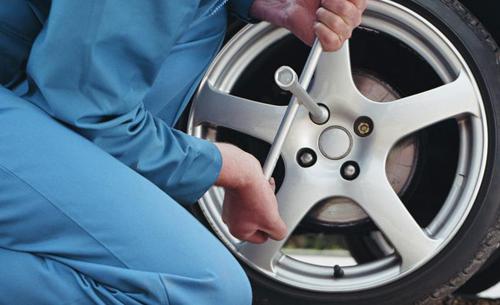
Cars typically tend to come in two-wheel drive variants, with power going either to the front wheels or at the back. There are also the all-wheel drive or four-wheel drive type, but those are in a relative minority. Whatever the type, it is still critical for owners to know how to interchange car tyres, so let’s dive deeper, shall we…
Most manufacturers tend to advice owners to rotate their tyres at around the 5000 kilometre mark, with a balancing check every 10000 kilometres. This is done in the interest of tyre wear & tread life. Besides, tyres don’t come cheap, with a set of four, pegging one back by 10000 Rupees on an average. With most used cars in India, one rarely knows their history and as such, it is a good habit to give the tyres a thorough inspection upon purchasing the car.
If you’ve got four tyres of the non-directional type, then you can safely opt for the forward cross method on a front wheel drive car. The front tyres are shifted to the rear wheels on the same side, while the rear tyres are shifted to the front wheels diagonally across them. Thus, the front left tyre is moved to the rear left wheel and the front right tyre is moved to the rear right wheel. Next, the tyre at the rear left is mounted on the front right wheel, while the one on the rear right, is shifted to the front left wheel.
On rear-wheel drive or all-wheel drive cars, a different arrangement is used. The tyre on the left rear is shifted diagonally across to the front right wheel, while the right rear tyre is shifted to the left wheel at the front. Similarly, the front tyre at the right, is moved to the rear left wheel, while the one at the front wheel up front is moved to the rear wheel at the right.
It may seem all confusing at first, but with a fair bit of practice, one can remember this like the pros. Speaking of the latter, even though most veteran motorists know how to interchange car tyres, they still let their friendly neighbourhood tyre shop handle the chore. And if they can, so can you!



